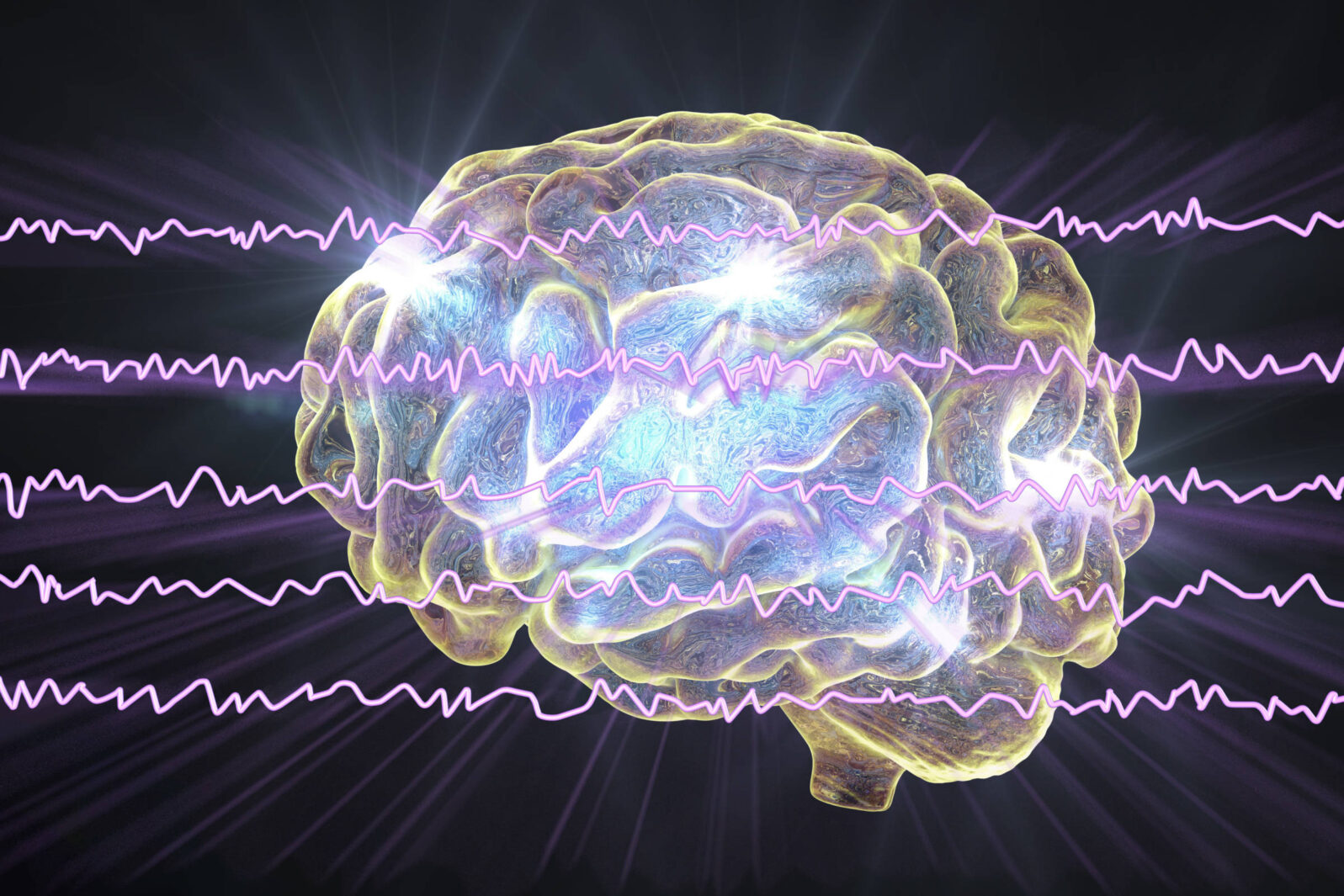Neuroharvest
TruMind engineers had discovered a new science: editing the very fabric of reality. – a tale, from the TruMind serial, part 3Craizin was swimming in phosphorescence, with shafts of brilliant ether light illuminating his crystalline nouspace. Velvet streams of thoughtbeams pushed by him. They collided and branched into vivid scenes from Craizin’s imagination, never before seen on earth. A feeling of utter calm and relaxation stole over him, paired nonetheless with an almost unrelenting sense of focus.
Directly in front of him, he could make out the target. The intertwining panes of ether light intersected to create a viewport, identifying the most relevant items for his attention. Through his single-minded focus, he reorganized the panes, creating a structure around the now-crumpled items. The entire structure locked into place with an electrifying thrill. An overpowering sensation of success poured through him. The panes dissipated and the ether light faded. Craizin drifted back to his daydreams, made real by the ether light beams. There was no place he’d rather be.
“Wake up!”
Craizin sat up with a jolt, the headpiece and VR goggles wobbling awkwardly around his neck. Heavy metal blasted into his ears. The overeager technician’s couple of days of stubble grinned too close to his face, “What did you think? A blast, eh?”
“To tell you the truth, I had doubts whether I wanted to come back. If I was, like, a religious person or something, I’d say I just had an experience of, uh, the divine,” Craizin replied.
“I know!” Ben enthused, “It’s incredible what modulating brainwaves can do. And just think, you can make a living this way!”
Craizin made an effort to remember how he had ended up here. Yes, he had been selected for this by Ben’s lab as one part of the top prize he had won in the current top VR eSport craze. His performance had blown away all the competition. So along with the top prize of 100k Noucoins, a small fortune in his country’s currency, he had been offered a once-in-a-lifetime opportunity to try the Nouspace.
Nouspace’s sponsoring company, TruMind, had developed a sense-immersive technology that included brainwave modulation that could transform a human being’s imagination into reality, at least virtual reality. The system was also coupled with neurohaptic feedback, so that the user’s imaginary reality became integrated with a computer simulation capable of augmenting the user’s mind beyond anything the user had ever experienced. It was the closest anyone could get to living immersed in one’s own virtual reality, and Craizin leaped at the chance.
However, there was another side to TruMind’s technology. As the engineers tested the technology, they discovered that the deep integration of the computer and the mind had unforeseen side effects. By accident, while playing virtual reality games, they found out that the neurohaptic technology gave off a sort of “algorithmic energy.” Matter is formed from energy and information and information is manipulated through algorithms. TruMind engineers had discovered a new science: editing the very fabric of reality.
These “algojoules” performance in artificial intelligence processes was completely off the charts. They seemed to function as a Delphic oracle, solving previously unsolvable problems with extraordinary speed. TruMind had discovered a new source of fundamental power: neuroinformatics.
Behind the one-way observer panel, Flim Flam’s face lit up with a greenish tint. The readout from the monitor was beyond what even he had hoped for. Teenage Craizin’s performance on the “trash pickup” task had been nothing short of phenomenal. Next would come “dish washing” and “laundry folding.” If Craizin’s performance succeeded there as it had with trash pickup, then the entire home appliance industry was in Flim’s pocket.
But there was a lingering problem. To power the world’s vacuums and rice cookers, Craizins had to be at the source of the action: the home. But no one wanted somewhat smelly, rootless teenage gamers hulking around in their homes. Those who could stand children usually had enough of their own.
Thus began Stage Two of Flim’s master plan: How to attach the human mind to an antenna. For this, he would need a lot of money. Fortunately, Flam had just the fat cat in mind…
The next installment in Eric Holloway’s series will be published on our next Sci-Fi Saturday at Mind Matters News.
Don’t miss Parts 1 and 2!:
Ghost in the Nuke: Weapons have no souls, thus greater power ensures our safety…? —a tale: Arctang’s grip tightened on the throttle. This was it. No going back. The Fortress loomed, gigantic towers gazing down on him, laser dots peppering his window.
and
A warped genius reviews the options, as he seeks ultimate power—a tale: After many dead ends, Flim realized that all forms of human power are ultimately controlled by the human mind. Thus, if he could harness the power of the mind, he would finally be able to create anything his heart could desire.
More sci-fi: Always wear your safety glasses: A tale for our times by Russ White
and
“Brilliant vision” from a century ago, foretells today’s internet. In E. M. Forster’s dystopia, people interact only through the Machine. It’s remarkable how much Forster got right about relationships in a virtual age. (In case you thought we’d only just now figured this stuff out… )
